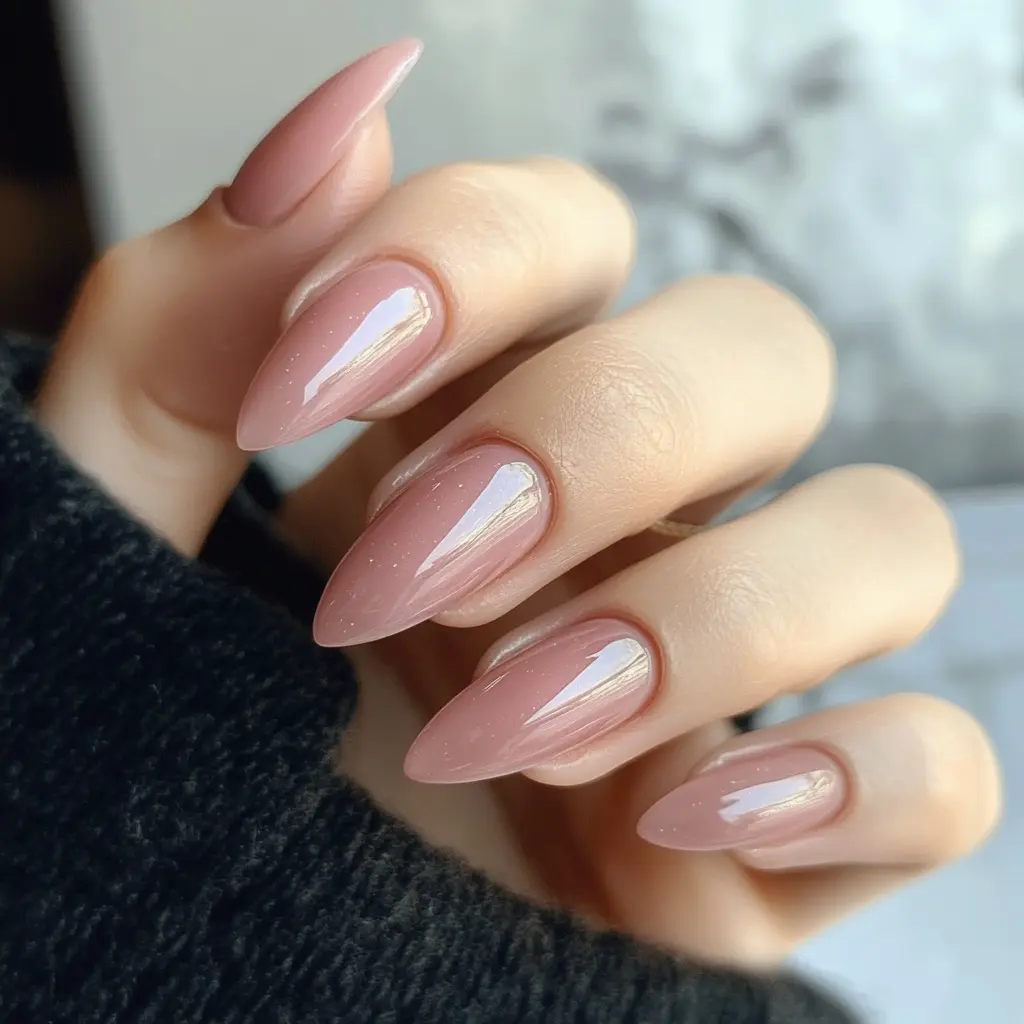
Whether you’re a budding artist, a DIY enthusiast, or simply someone who loves playing with colour, understanding how to make purple can open up a whole new world of creativity. While purple may seem like a mysterious or magical colour to create, it’s actually quite simple when you understand the basics of colour theory.
In this article, we’ll walk you through how to make purple using different mediums, tips for adjusting the shade, and what colours to mix for specific results. If you’re based in Australia and love getting hands-on with projects—whether it’s for painting, home decor, or crafts—this one’s for you.
What is Purple?
Before diving into how to make purple, it’s helpful to understand what it actually is. Purple is a colour that sits between red and blue on the colour spectrum. It’s often associated with royalty, creativity, and mystery. You’ll find it naturally in flowers like lavender and metaphorically in sunsets. Purple is created by mixing the two primary colours: red and blue.
Now that we understand what purple is, let’s move on to the fun part—making it!
Understanding the basics of colour mixing
Purple is a secondary colour formed by two primary colours; red and blue. The exact hue produced of purple is determined by what shade of red and blue you use, as well as the amount of the two mixed together.
Choosing the Right Red and Blue
Selecting reds and blues is very important to that bright purple.
Warm vs cool tones
- Warm reds (cadmium red) have yellow undertones which result in converting to most muted purples.
- Cool reds (like quinacridone magenta) do not have the yellow undertones so will produce brighter purple.
- Warm blues (like ultramarine blue) are best for mixing with cool reds to obtain very bright purple.
- Cool blues (like phthalo blue) could have a green component inside them and may dull the purple colour.
For best results, combine a cool red to a warm blue. By mixing quinacridone magenta and ultramarine blue, for example, one gets a very bright true purple. Red and blue mix together in equal proportions to yield basic purple. But keep in mind there are many shades of purple, which is dependent on how much red or blue is added into the mix.
Mixing paint or dyes
Whether you’re working with paints, dyes, or any other liquid, here’s how to make purple:
1. Prepare your materials
- Palette
- Paintbrushes or palette knives
- Red and blue paints (Any-from acrylics or watercolors)
- White paint (optional)
2. Test your colour
- Place onto your palette splotches of red and blue in small amounts.
- Mix each with a little white to elucidate any hint of undertone.
- Based on that undertone, adjust your choice to arrive at the most vibrant purple possible.
3. Combining the paint
- Start by combining equal portions of red and blue.
- Combine light sources until the color achieved is uniformly purple.
- Add further red to warm the purple or increased blue if necessary to cool.
4. Blend the colours
- Using a brush or a mixing stick, mix the two colors gently. You will see that red and blue will make a purple hue.
5. Adjust the shade
- Want a lighter purple? Add a touch of white.
- Want it darker? Add a small amount of black—but go easy, as black can overpower the mix.
Making purple with food colouring
If you are experimenting with foods, like making some coloured icing or drinks, use your food colouring to make purple. Here is how:
- Get red and blue food colours: These are available from supermarkets or baking shops.
- Mix them: Start adding a drop of red food colour into your frosting, cake mixture or whatever before you add one or two drops of blue.
- Stir thoroughly – blend the colours until you get the purple shade you want.
- Adjust the tone – for a deeper purple, add more blue; for a lighter one, add more red. Remember: food colouring is potent, so use it sparingly.
Natural ways to make purple (without paint)
Purple can even be made with natural materials! Though, this method requires a bit more work, and it is a fantastic way of teaching you how nature has given us colorful choices.
- Purples from Purple Cabbage: Believe it or not, purple cabbage can be used to create a natural purple dye. Just chop it up and boil it in water for about 10 minutes. The water becomes purple and you now have a dye for fabrics or even food.
- Beetroot and Blueberries: Both beets and blueberries are loaded with natural pigments with which you can form a purple shade. Boil a beetroot and use its juice or mash up a handful of blueberries and use that juice: it won’t be as bright as synthetic dyes but is a really cool way of making deep purple using what nature has given.
Creating purple with light (a science experiment)
If you are into science and want to teach the kids something fun, you can also make purple using light. This differs from blending pigments in that light follows a different set of rules.
When you shine red light and blue light together, you’ll see purple. This is not because red and blue mix as paints, they create purple light when combined, but only when the lights shine together. So, take a red and a blue flashlight, point them at a white wall, and you will see purple!
What about purple in nature?
In nature, purple can be created in a number of ways. For instance, purple flowers grow on many plants such as lavender or violets because they contain natural pigments like anthocyanins. This occurs naturally: there is no form of mixing colors like we paint, yet it is another way of “creating” purple in the environment.
Practical applications in Australia
Knowing about mixing purple is really useful for so many creative endeavors:
- Art and design: Custom purple mixtures are available for Australian artists who use these colours in paintings, digital art, and more.
- Interior decoration: Use the most fabulous bespoke purple paint wall fittings and upholstery in interior décor that has the Australian look and feel.
- Fashion and textiles: Designers can produce wonderful custom fabrics in purple to go with the trend in the Australian fashion scenario.
Conclusion
Making purple has always been a fun and creative activity. Whether you are into painting, baking, or getting inspired by nature, you will be able to come up with your own purple hue fairly easily. You can mix red and blue in different parts to get the best shade for what you need, and do not be afraid to try it out and have fun with it, as purple is very much about creating and imagining.
So, the next time you need purple for arts and crafts, for food, or just because, you have all the tips and tricks with which to do it right. Enjoy mixing and admire the beauty of purple!





